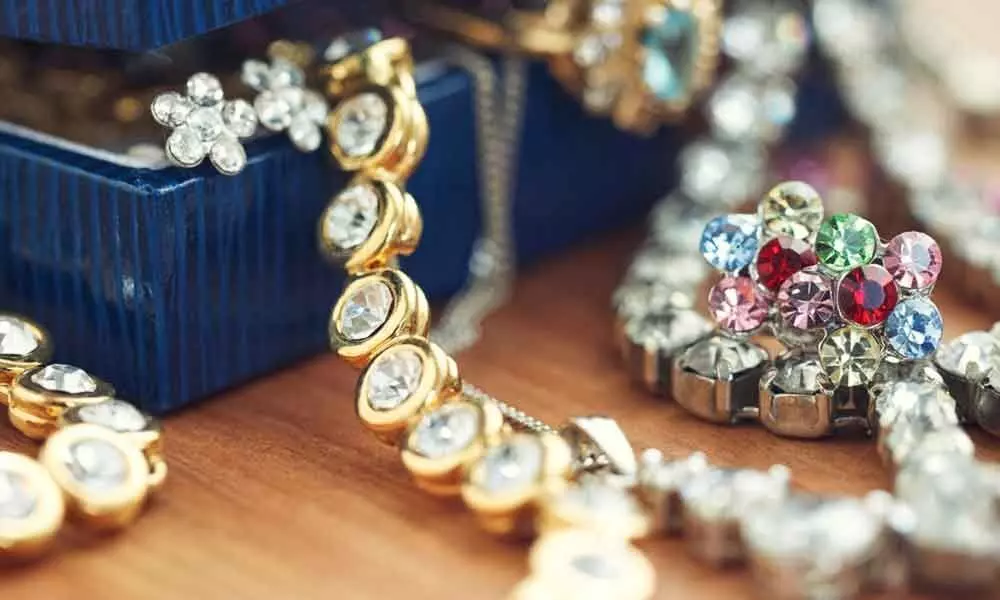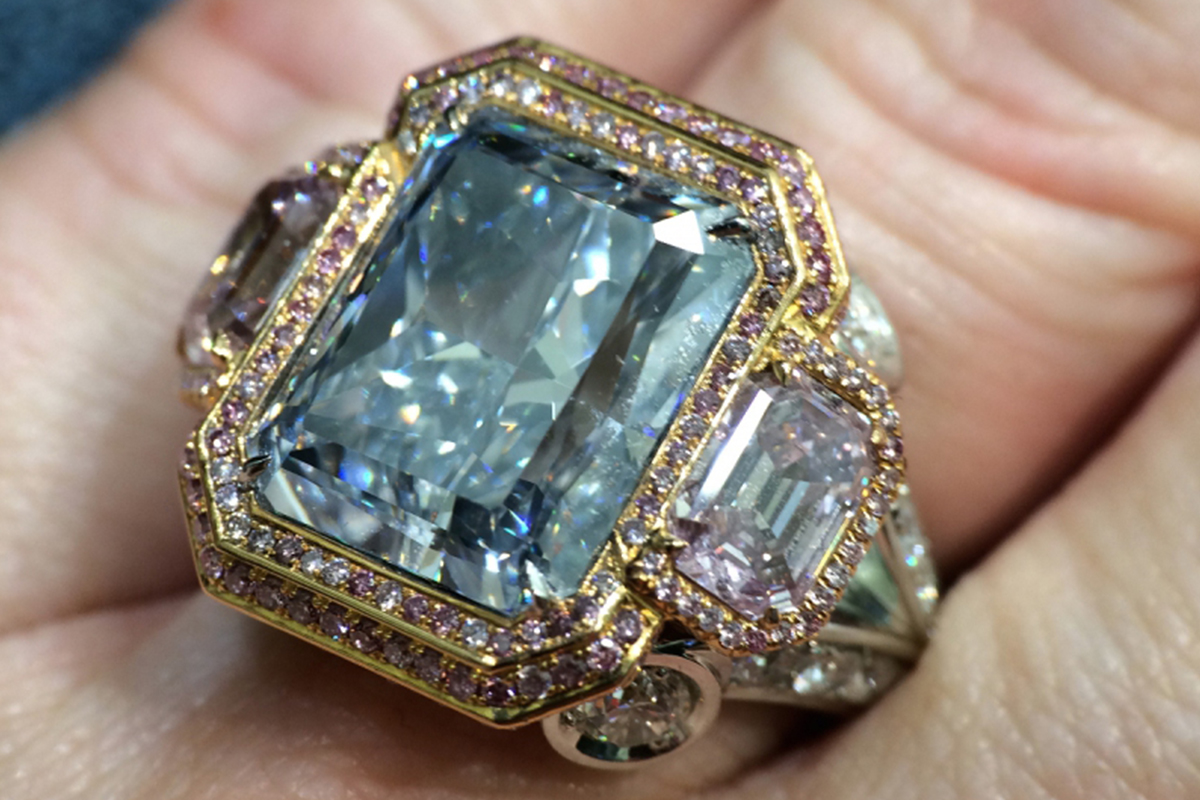The Timeless Allure of Jewelry

Jewelry has been a part of human culture for millennia, from the ornate necklaces of ancient civilizations to the minimalist pieces of the modern era. But have you ever wondered why we’re so captivated by these shiny objects? The psychology of jewelry attraction is a fascinating journey that intertwines with our history, emotions, and evolutionary instincts.
The Science Explains the Sparkle and Why Shiny Things Attract Us.
From a shimmering pond to the glint of a diamond, humans have always been drawn to shiny objects. Evolutionarily speaking, our ancestors associated the gleam of water with life-sustaining resources. This attraction was hardwired into our brains, making us instinctively seek out shiny things. Today, this translates into our love for jewelry. The sparkle of a gemstone or the sheen of metal can trigger our brain’s reward system, releasing dopamine and making us feel good. It’s not just about aesthetics; it’s the psychology of jewelry attraction at play.
Jewelry as a Symbol: Beyond Just Adornment
Jewelry is more than just a pretty accessory. It has been a symbol of status, power, and identity throughout history. Kings and queens have worn crowns and jewels as markers of their royalty. In many cultures, specific pieces of jewelry, like wedding rings, signify milestones or commitments. This deep-rooted symbolism adds another layer to the psychology of jewelry attraction. We’re not just attracted to the shine; we’re drawn to the stories and meanings they represent.
Emotional Connections: Jewelry and Memory
Have you ever worn a piece of jewelry that reminds you of a loved one or a special moment in your life? Jewelry has a unique power to evoke memories and emotions. A grandmother’s necklace or a friendship bracelet can become an extension of our personal narrative. This emotional connection amplifies the psychology of jewelry attraction. It’s not just about the material value but the sentimental value that makes jewelry so special.
The Therapeutic Power of Jewelry: Healing and Protection
Ancient civilizations believed in the magical properties of gemstones and metals. From the protective eye of the amulet to the healing powers of crystals, people see jewelry as a source of comfort and empowerment. While modern science may not support these beliefs, many people still feel a therapeutic connection to their jewelry. Whether it’s a lucky charm or a piece that boosts confidence, the psychology of jewelry attraction extends to the realm of healing and protection.
The Social Dynamics: Jewelry Attraction in Group Settings
In social settings, jewelry determines how we see others and how they see us.. A statement necklace or a flashy ring can be conversation starters. They can also influence attraction and courtship. Studies have shown that people wearing jewelry are often perceived as more attractive and successful. This social dynamic adds another dimension to the psychology of jewelry attraction, highlighting its importance in human interactions.
Conclusion: Embracing the Deep-seated Psychology of Jewelry Attraction
As we’ve explored, our attraction to jewelry is multifaceted. We are attracted to jewelry because our evolutionary instincts root us, our emotions intertwine with it, and social dynamics influence us. The psychology of jewelry attraction is a testament to the enduring nature of our love for these precious items. As we adorn ourselves with these shiny objects, we’re not just making a fashion statement; we’re tapping into a deep-seated human fascination.
References
The Psychology Behind Jewelry – Fashion Is Psychology
The Human Psychology of Jewelry and What it Speaks of Your Personality – Innovato Store
We Ask Fashion Psychologists What Your Jewelry Says About You – Net-a-Porter
What Your Jewelry Says About You | Psychology Today


